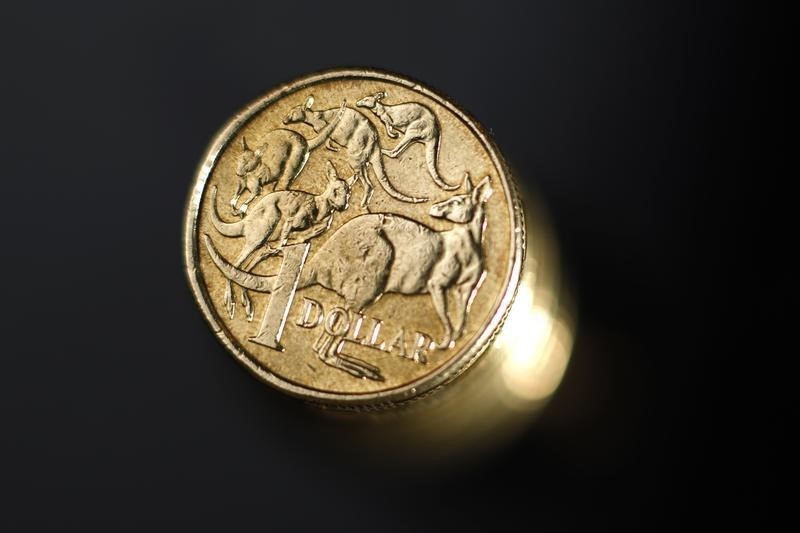By Cecile Lefort and Charlotte Greenfield
SYDNEY/WELLINGTON, May 5 (Reuters) - The Australian dollar hovered near multi-month lows against its U.S. counterpart and euro on Friday as iron ore prices extended losses, putting it on track for a hefty weekly drop.
The Australian dollar AUD=D4 slipped to a four-month trough of $0.7378, from $0.7410 early, having fallen 1.3 percent since Monday in a third consecutive week of losses.
Tumbling prices for iron ore DCIOcv1 , Australia's biggest export earner, gave investors an excuse to cut long Aussie positions.
The most-traded contract on the Dalian Commodity Exchange DCIOcv1 dropped 7 percent and that was on top of a 5 percent decrease on Thursday. IRONORE/
The Aussie also hit six-month lows against a euro that has been re-energised by expectations that centrist candidate Emmanuel Macron will win Sunday's presidential election in France.
The common currency powered up to A$1.4875 EURAUD=R to show a gain of 2 percent this week. It has bounced 10 cents since February.
Likewise, the euro leapt to a two-year peak of NZ$1.5989 EURNZD=R against the New Zealand dollar before slipping back to NZ$1.5955. It is up around 5 percent so far this year.
The Antipodean currencies struggled against the pound which jumped to its highest since September at A$1.7484 GBPAUD=R and near two-year peaks at NZ$1.8757 GBPNZD=R .
But the New Zealand dollar was on a firm footing for a fifth session against its Aussie cousin which dropped to NZ$1.0727 AUDNZD= , well off Monday's peak of NZ$1.0935. The Aussie has shed 1.5 percent so far this week, and if sustained, it would be the biggest such decrease in one year.
The New Zealand dollar NZD=D4 fell to an 11-month low of $0.6840 overnight before recovering slightly to $0.6882.
"Commodities performed poorly overnight, oil and iron ore each down around 5 percent," said Westpac currency strategist Imre Speizer. "AUD and NZD thus failed to benefit from the broad US dollar weakness seen overnight," he added.
The Kiwi was set to stand largely flat on the week, after falling 2.3 percent the previous week.
The currency's fate would largely be in the hands of offshore events until next week when the Reserve Bank of New Zealand will release its monetary policy statement.
Though the bank is widely expected to keep rates on hold at record lows, as it previously signalled, investors would be watching closely for any signs the bank was considering raising rates earlier-than-expected given data since the last decision had showed inflation recovering. ID:nS9N1G8000
New Zealand government bonds 0#NZTSY= eased, sending yields 0.5 basis points higher at the long end of the curve.
Australian government bond futures fell to one-month lows, with the three-year bond contract YTTc1 off 3 ticks at 98.060. The 10-year contract YTCc1 eased 3.5 ticks to 97.2900, while the 20-year contract YXXc1 lost 2.5 ticks to 96.7200. (Editing by Simon Cameron-Moore)
